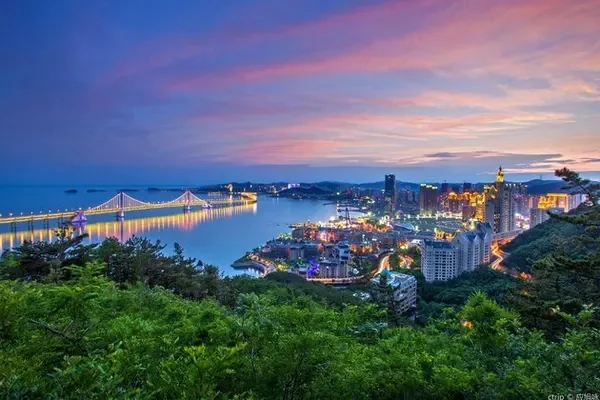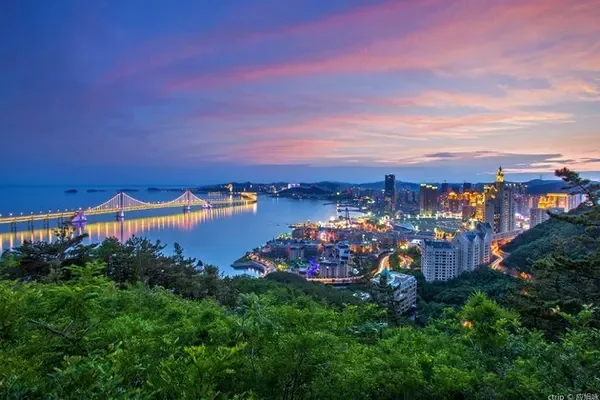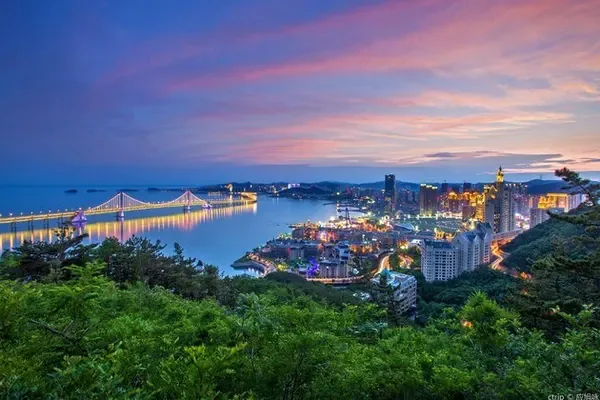Sichuan-Yunnan Loop, Series 17, Rural and Urban Impressions
Sangpiling Temple is the first wonder in Xiangcheng, known as the first temple in Kangba. Before Xiangcheng was renamed Shambhala Town (another translation of Shangri-La), it was called Sangpi Town, which shows that Sangpiling Temple plays a pivotal role in Xiangcheng. When the Red Army passed by here on the Long March, the monks of the temple gave great support and help. Since then, Sangpiling Temple has become a symbol of "Sino-Tibetan unity".
Sangpiling Temple is backed by the beautiful Bam Mountain, and the Shuoqu River flows through the open and gentle valley in front of the temple, which is a typical situation of being close to mountains and rivers. Sangpiling Temple was first built in 1669, and was rebuilt in a new site in 1995. It is said that all the skilled craftsmen in Xiangcheng were gathered at that time, and it was built completely according to traditional methods. If you have the opportunity to climb up the hillside on the east bank of the Shuoqu River and see the Sangpiling Temple from a distance, the golden roof of the temple will show colorful colors in the sun, and it is said that it really has some charm of the Potala Palace.
The architectural layout of Sangpiling Temple is very particular. The central location is the Buddha Hall, and on both sides of the Buddha Hall are several rows of Zhakang buildings where monks live. One or two kilometers away from the temple are residential buildings where Tibetans live. In the temple, I walked from the Buddhist hall to the right and walked through the monk's house alone, and came to an open place on the edge of the temple, where I just had a panoramic view of the town and the city, along the open valley of the Shuoqu River, surrounded by clouds and fog At the foot of the sacred mountain, there is a scene of clean world.
Compared with Daocheng, I prefer the tranquility and refinement of Xiangcheng.
















The white Tibetan house is the second best in Xiangcheng. Xiangcheng used to be an important stronghold on the ancient tea-horse road, where the Tibetan, Han, and Naxi ethnic groups merged. On the basis of Kangzang architecture, they used local materials to integrate well-dried structures, blockhouse shapes, and earthen buildings. Wall technology creates a white Tibetan house architectural style with regional characteristics.
On the afternoon of the eleventh day, when we entered the town along the valley of the Shuoqu River, there were such white Tibetan houses scattered on both sides of the valley, either densely or sporadically, which were particularly eye-catching in the verdant valley, more white and pure . On the morning of the twelfth day, when we left the Sangpiling Temple, we looked at the surrounding villages such as Sergong Village and Mase Village from a distance. Green fields are borders, white Tibetan houses are dotted among them, and they are flickering in the clouds and mists. But that's all.
Passing through Xiangcheng this time, I was more or less influenced by "Passing Through Your World". When we asked about the location of the filming, the locals laughed: It was a temporary scene in a village near Xiangcheng, so let's see more Look at the white Tibetan houses along the way, they are both beautiful and heavy, this is what the countryside looks like.
Finally, I would like to add that the third must of Xiangcheng is the "crazy costume" with local characteristics. Of course, only on major festivals can one have the opportunity to see its beauty.












